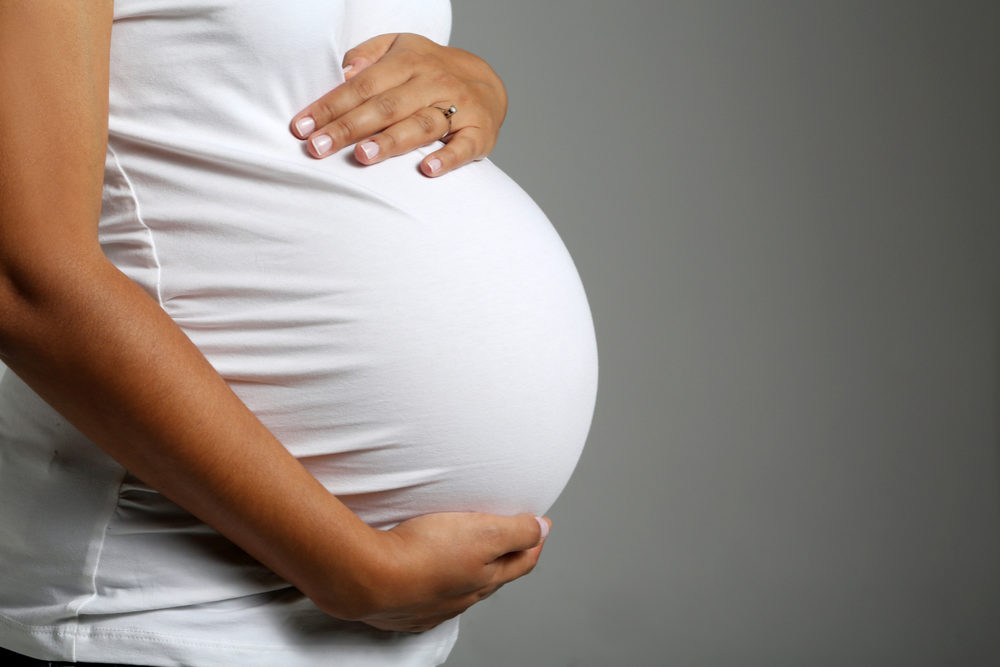Preventative Negative Pressure Wound Therapy Did Not Prevent Infections After C-Sections: Study

The findings of a new study raise questions about the use of negative pressure wound therapy on c-section incisions, indicating it fails to decrease the rate of infections or risk of side effects.
In a report published last week in the Journal of the American Medical Association (JAMA), researchers from Indiana University investigated whether negative pressure wound therapy may provide some benefits for women after c-sections, as some believe the practice may reduce the risk of infections and improve healing.
Researchers tested the possibility the use of negative pressure wound therapy on obese women who had just undergone a cesarian section delivery, indicating the practice does not appear to prevent infections or provide other suspected benefits.

Did You Know?
Change Healthcare Data Breach Impacts Millions of Customers
A massive Change Healthcare data breach exposed the names, social security numbers, medical and personal information of potentially 100 million Americans, which have now been released on the dark web. Lawsuits are being pursued to obtain financial compensation.
Learn MoreObese women are more likely to have a c-section and to develop an infection at the incision site. Therefore, the researchers conducted a randomized clinical trial involving 1,600 obese women undergoing planned or unplanned cesarean deliveries from February 2017 to November 2019, at four academic hospitals and two community hospitals in the United States.
Participants were randomly assigned to either undergo prophylactic negative pressure wound therapy with application immediately after repair of the surgical incision or to receive a standard wound dressing.
Overall, deep surgical site infections were diagnosed in 3.6% of patients in the negative pressure group and 3.4% of patients in the standard dressing group. There was no statistically significant difference in rates of infections between the two groups.
Additionally, there was no significant difference in the rates of serious complications, such as sepsis, the need for hysterectomy after the surgery, or increased risk of death. However, women in the negative pressure group did experience increased risk of skin reactions. Their risk was 7% compared to the standard dressing group with a risk of 0.6%. Common skin reactions included blistering, bleeding and redness.
The researchers concluded there was no benefit to using negative pressure wound therapy, as it did not help improve healing or reduce infection.
Negative Pressure Wound Therapy
Negative pressure wound treatment places a small tube connected to a low pressure pump over a closed surgical wound to create negative air pressure. This theoretically would help improve healing and reduce infection.
The Food and Drug Administration reports it is aware of more than one dozen deaths and 174 injuries linked to negative pressure wound therapy since 2007.
Infections are one of the most common healthcare complications and can lead to even more serious outcomes, including death. Infections can also lead to longer hospital stays, an increase in health care costs, and can lead to other complications.
Instead of negative pressure wound therapy physicians could focus on other forms of infection treatment such as preventive measures, antibiotics before surgery, cleansing the skin with antiseptic, using good surgical technique and using sutures rather than staples when closing the incision, researchers in the latest study noted.





0 Comments